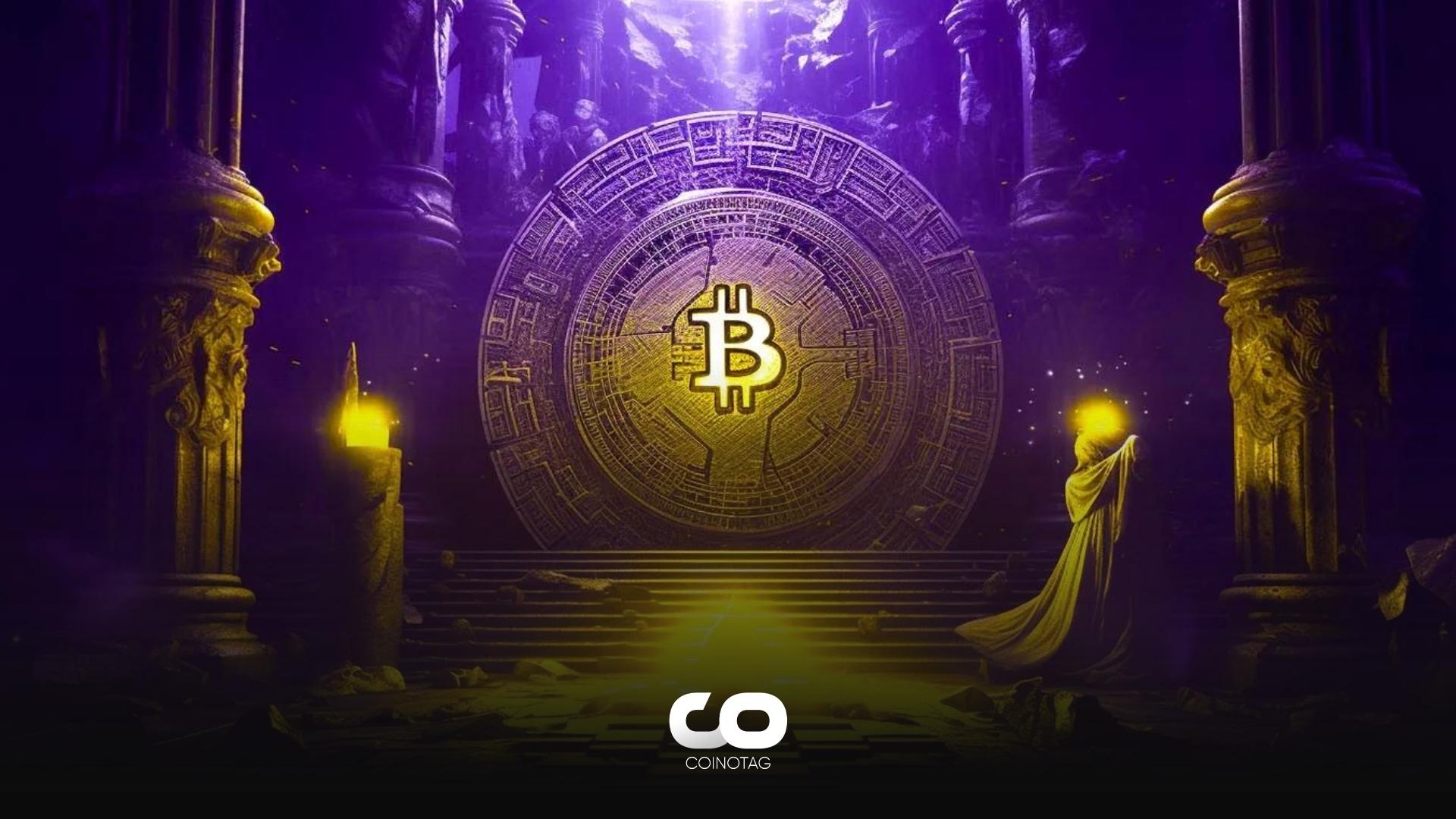- The scarcity of Bitcoin is an integral part of its allure and value proposition. It mimics the characteristics of precious metals like gold by having a limited supply, with a total cap of 21 million Bitcoins.
- Lost Bitcoins can also contribute to scarcity because the early history of cryptocurrency is filled with people who lost their private keys.
- Gold currently has a higher Stock-to-Flow (SF) ratio than Bitcoin, with Bitcoin ranking second ahead of silver. However, this situation may change after the next halving event.
Bitcoin can be an attractive investment vehicle with its limited 21 million units, but what are the potential effects of this restriction on price and network?
Bitcoin’s Limited Supply and Potential Implications

Bitcoin has been making headlines for years, with its price being a subject of extreme volatility and market interest, fluctuating up and down. One of the fundamental features that sets Bitcoin apart from traditional fiat currencies, which can be printed in infinite amounts by central banks, is its scarcity. Unlike fiat currencies, Bitcoin has a limited supply, and it will never exist in quantities beyond the set cap.
However, what exactly does this scarcity mean for Bitcoin’s price and its potential impact on the network? In this article, we will explore the concept of scarcity on the Bitcoin network and what it means for the future of this revolutionary digital currency.
Bitcoin’s Limited Supply
The scarcity of Bitcoin is an integral part of its allure and value proposition. It mimics the characteristics of precious metals like gold by having a limited supply, with a total Bitcoin count capped at 21 million. This limit was implemented by Satoshi Nakamoto, the pseudonymous creator of Bitcoin, with the intention of creating a deflationary asset.
This scarcity stands in sharp contrast to traditional fiat currencies that can be printed in infinite amounts and produced by central banks. Bitcoin’s scarcity is further enhanced through the process of Bitcoin halving, which reduces the rate at which new Bitcoins are created and released into circulation. For instance, during the last halving event in 2020, the block reward for miners was reduced from 12.5 Bitcoins to 6.25 Bitcoins, further slowing down the creation of new Bitcoins.
Lost Bitcoins can also contribute to scarcity because the early history of cryptocurrency is filled with people who lost their private keys. Once lost, these Bitcoins become permanently inaccessible, effectively reducing the pool of 21 million Bitcoins that can be fully utilized.
While scarcity is an essential factor that affects Bitcoin’s value, it is not the sole determinant. Demand, utility, and market sentiment play critical roles in determining the value of Bitcoin. However, the interplay of fixed supply and halving creates a unique economic model distinct from traditional fiat currencies.
Challenges of Bitcoin’s Scarcity
While Bitcoin investors often argue for scarcity as an argument for investing in the cryptocurrency, changing token economies can impact network security.
Over time, Bitcoin miners will produce fewer Bitcoins during the mining process. If the Bitcoin price remains low or decreases, this results in reduced income for miners. This could lead to a reduced incentive for miners to mine new blocks, potentially resulting in a decreased overall hash rate and network security.
If transaction fees, which would ideally compensate for the lost mining income, do not cover the lost mining rewards, it could weaken the network’s security and make it more susceptible to 51% attacks.
Bitcoin advocates typically argue that either the price will rise and maintain the value of mining rewards or transaction fees will increase to support the declining revenue on the network. If this scenario unfolds, the network’s security can remain robust. Otherwise, rethinking the method of maintaining network security may become necessary.
Impact of Scarcity on Bitcoin’s Value
The Stock-to-Flow (SF) model is a popular tool used by investors to assess Bitcoin’s scarcity. The SF model indicates how many years it would take to obtain the current stock with the current production rate.
Gold currently has a higher SF ratio than Bitcoin, with Bitcoin ranking second ahead of silver. However, this situation may change after the next halving event, potentially making digital gold relatively scarcer than its physical metal counterpart.
While the SF model has been correlated with Bitcoin’s past price, it does not account for demand. If demand significantly decreases, the price can drop despite a high SF ratio. Critics also argue that the model does not accurately predict future prices.
As Bitcoin matures as an asset, macro factors will increasingly influence its price. The cryptocurrency market is still relatively young and volatile, subject to regulatory changes and technological developments that can impact Bitcoin’s value. The emergence of more efficient and secure blockchain technologies could also challenge Bitcoin’s dominance in the cryptocurrency market.
